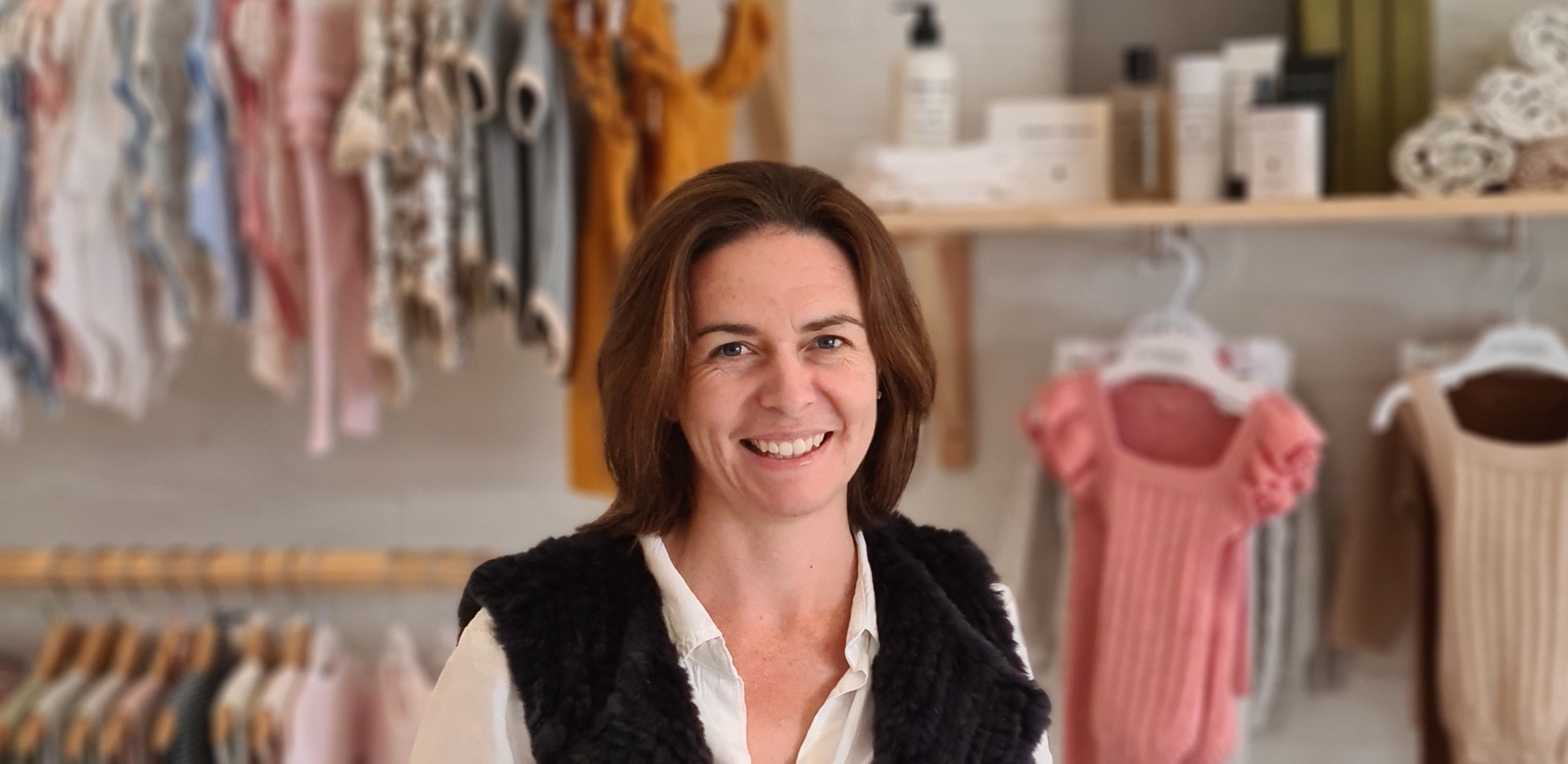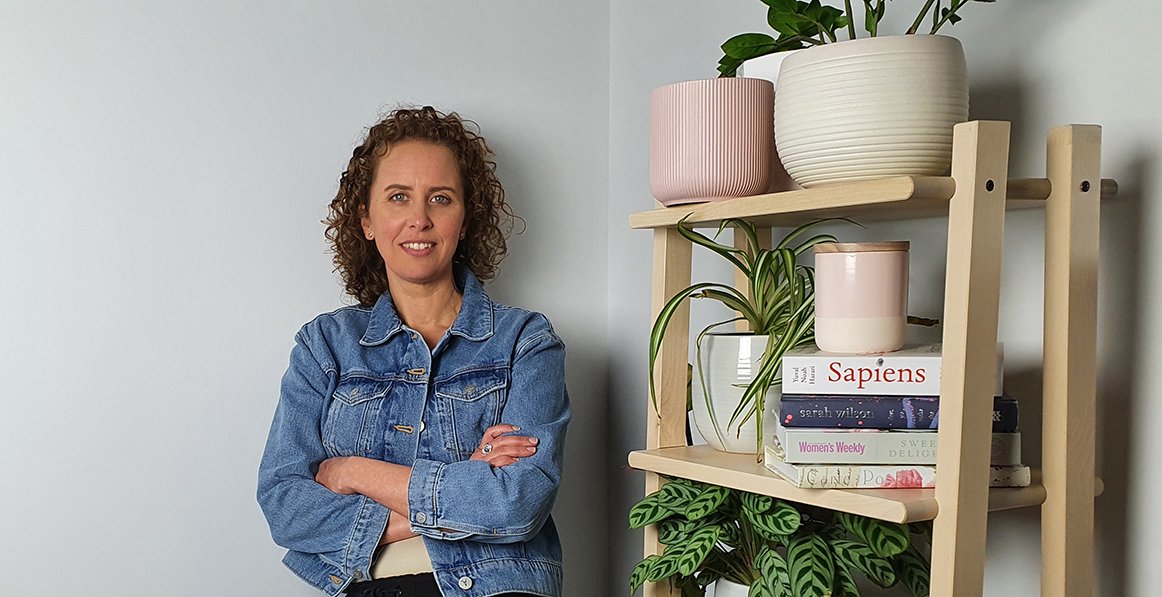Bringing new life into the world is an exhilarating experience. In fact, planning how you’ll navigate labour and birth is likely to be a main focus for you during your pregnancy.

But, once the rollercoaster of birth ends, that’s when the important next stage begins with your baby. And chances are, one area that you’re curious or even anxious about is what to expect when breastfeeding in the first few days after birth.
Luckily, we’ve brought in Katie Mallard, an International Board Certified Lactation Consultant (IBCLC) with a Masters in Primary Maternity Care, to help you on your journey. As the co-founder of Eyre Lactation and Midwifery, Katie brings over 10 years’ experience from the public and private health sectors with specialised clinical skills in breastfeeding and postnatal care.
Keep reading to find out exactly what to expect when breastfeeding for the first time post-birth.
The importance of skin-to-skin contact
You might have heard of a thing called the “first golden hour” post-birth, which is when mamas and bubs are encouraged to have uninterrupted skin-to-skin contact and prepare for their first feed.
However, Katie reveals that it’s now called the “golden three hours post-birth”, as it can take a few hours for newborns to start breastfeeding.
During this time, Katie explains that skin-to-skin contact is crucial as it initiates bonding between you both and releases powerful hormones that allow you and your baby to relax after labour. As your adrenaline levels lower and your baby begins to find their way to your breast, attachment will form and your body will begin to naturally initiate breastfeeding.
This first feed is so important to your entire breastfeeding journey, as it initiates your milk supply both now and in the weeks to come. Katie also reveals that this first feed has huge benefits for your baby’s gut microbiome and provides essential nutrients and immunity protection that ward off infection.
Plus, skin-to-skin contact isn’t just important in those first precious hours, as Katie explains, “I chat to women about the fact that skin-to-skin is important with every breastfeed, especially during the first two weeks.”
Colostrum vs your milk supply
In those first feeds post-birth, your breasts are producing a fluid called colostrum. Unlike your milk supply, colostrum is thick and typically a golden yellow colour. It’s a concentrated food so your baby will only need a small amount with each feed.
Katie explains that, “colostrum lines the baby’s gut and builds the gut biome from the beginning.”
Because this food source is so rich in immune products, Katie explains that your baby will want to feed quite often (up to every hour to start with). This frequent feeding (at least 8 to 12 times or more every 24 hours) also has benefits for you as it will encourage your breast milk to come in and help prevent common breastfeeding challenges (such as engorgement) in the first few days.
Around day two to four, you might notice your breasts feeling fuller, which is when your milk supply is “coming in”. That’s when the magic of breastfeeding really begins as your body will start producing milk to meet your baby’s feeding needs.

What to remember when breastfeeding in the first few days
Each of us will have a totally different experience with breastfeeding. For some mamas, it will come naturally while others might find the process very challenging.
Katie is quick to remind us that breastfeeding is a new skill and we shouldn't put too much pressure on ourselves to get it right from day one. Time and practice are what will help you become more skilled and confident in your breastfeeding journey.
One of the biggest things to focus on is understanding what a good, deep attachment feels like when breastfeeding. Katie says this means the attachment should be pain free (although the first 30 seconds or so may be uncomfortable). It might take trying a few positions to get this right as good attachment looks different for all of us.
When you both get the attachment right, you should be able to notice a good milk transfer (meaning your baby is sucking and swallowing efficiently when feeding).
Even if this isn’t your first bub, remember your breastfeeding journey might feel totally different this time around. If things aren’t feeling right or you’re navigating pain or discomfort when breastfeeding, that’s where lactation consultants (like Katie) can step in to help with breast pain, sore nipples and supply issues.
You know your body better than anyone else, and Katie encourages women to feel confident and empowered to ask for help and guidance when you need it.
How breast massage can help mamas in the first week after birth
In the first few days of breastfeeding, challenges such as engorgement and blocked ducts can be common for mamas.
Katie encourages women to harness the power of breast massage (using Lactamo’s breast massage ball) to assist with these concerns. As Lactamo can be heated up or cooled down, you can use the right temperature for your breast challenges.
Particularly around day three when your milk supply starts coming in, Lactamo’s breast massage ball can be warmed up to gently massage your breasts. The combination of temperature, movement and compression can provide relief for blockages, mastitis and engorgement. Plus, breast massage can even aid your milk transfer and assist if you’re experiencing any delays in your milk coming in.
When it comes to breastfeeding in the first few days after birth, each of us will have a totally different experience. The best thing you can do is be patient, practice often and harness the power of breast massage to help with pain, engorgement or blocked ducts.
If you’re looking for extra support on your breast massage journey, our Lactamo ball can help you navigate common breastfeeding problems (such as block ducts and engorgement) and is heatable, coolable and reusable. Find out more about our Lactamo massage ball.
If in doubt, please always consult your healthcare professional.






